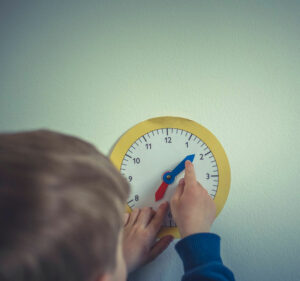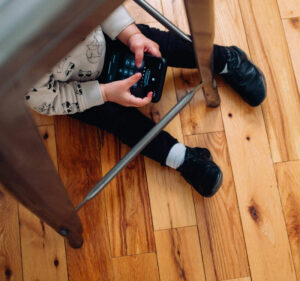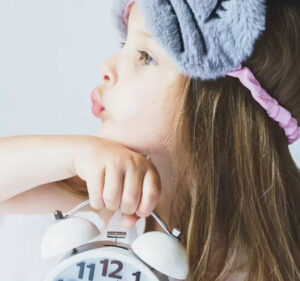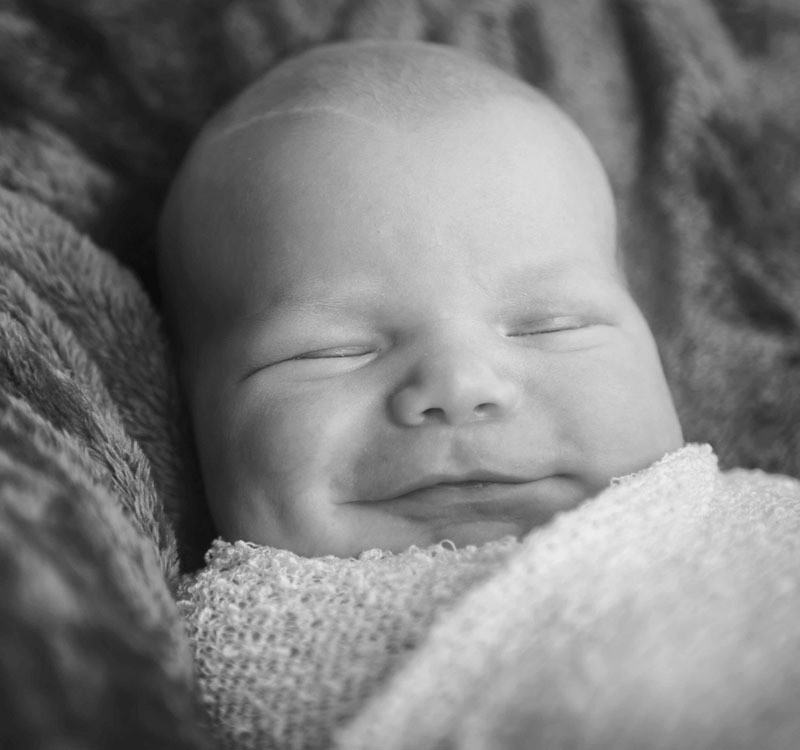What is the connection between developmental changes and your child’s sleep? We call it “sleep regression” but it’s actually a progression in your child’s development.While these developmental changes are blessed, crawling, sitting, standing, and walking are being learnt first in the child’s mind and show their presence during sleep.
Understanding these developmental changes and excepting them, will help you deal with the turbulence during the sleep “regressions”. Understanding these changes will help you not to get confused and not to confuse your child.
These are the developmental changes that might affect your child’s sleep:
Crawling: the average age of babies to start crawling is seven months. When babies begin to learn to crawl, they experience more rousing overnight. This stage which involves lots of changes in the development of the baby and a psychological reorganization may affect the baby’s ability to regulate themselves and causing a period of imbalance that manifests as frequent night wakings.
Sitting/standing (8-10 months): once your child starts to master standing in their cot, this can challenge bedtimes as they are excited and also didn’t master sitting down yet. Naturally, they will need your help, and this may lengthen the time it’ll take them to fall asleep. Therefore, you must help your child practice standing to sitting and sitting to lying down.
Walking (9-12 months): when your child starts to master walking, it is affecting their sleep as during their sleep, they rehearse the movement in their mind and their muscles twitching. The excitement of walking in their cot will also contribute to the wakefulness.
Separation anxiety: around 9/10 months, some babies will go through separation anxiety. If during the awake time, your child all of a sudden cry when you leave them, then more likely that they are experiencing this stage. Of course, you’ll encounter difficulties around bed and nap time. Try to play “pic-a-boo” with them during the awake time to teach them that you are gone, but you are coming back. Go to another room and talk to them from it, if they cry then come back calmly, go down to their eye level, and reassure them with a smile and a hug. This way, you will teach them that they are safe, and everything is okay. At nap and bedtime, you’ll have to be super patient and reassuring as long as it takes.
Around 10-12 months, there’s a giant cognitive and motoric leap that affects day and night sleep directly. The communication is developing at a fast pace, your baby understands and respond to simple sentences and learn to communicate with their environment.
So what should you do when these developmental changes affects your child’s sleep?
During sleep regressions, while changes are happening, babies need stability and reassurance more than any other time in their life. Therefore, don’t introduce new habits that you have been trying to avoid, so that they will go back to sleep as quick as possible. Instead, reassure them with being calm and don’t overreact.
Always remember that your quick reactions are good for that same moment in time when you need the “band-aid” on, but in the long run this will no longer help as your child will expect more and more help from you.
Developmental changes cause an immense excitement for your child while in this beautiful time of constant growth and learning. Support them when they need you the most and a bit more than ever, offer hugs and interaction during the day.
Love and peace
Meital.
You might be interested to read the below blog post as well






